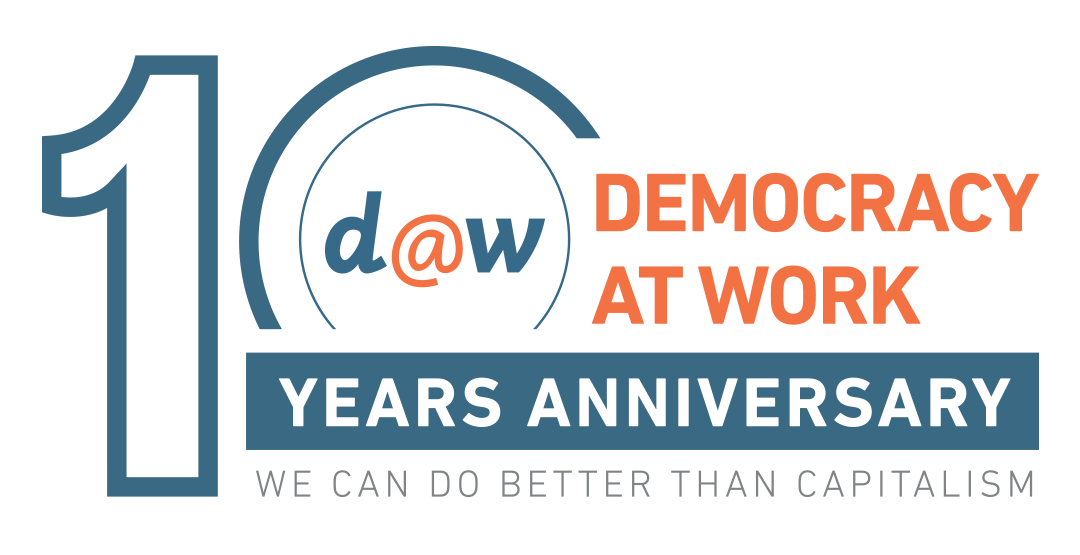Publications by Steve Kemble, MD
“Capitation Payment of ACO REACH Plans Will Sabotage Realizing Equity Access, and Community Health”, July 25, 2022
See MoreInsurance Industry “Trojan Horses” in “Single-Payer” Proposals
By Steve Kemble, MD
Many purportedly single-payer bills at both the state and federal level, including Bernie Sanders’ S. 1129 (2019-2020), include features that compromise the principles that would make a single-payer system as cost-effective as it could and should be. We are referring to proposals that contain provisions for Health Maintenance Organizations (HMOs), Accountable Care Organizations (ACOs), and capitated chains of hospitals and doctors referred to as Integrated Delivery Systems (IDSs) and which fail to authorize paying hospitals and other “institutional providers” via budgets.
See MoreOptimizing payment of physicians for a single-payer healthcare system
By Stephen Kemble and OPS Policy Working Group. Nov. 29, 2020
The COVID-19 pandemic has caused a sharp drop in health care funding through employment and from state taxes, making consideration of a federally funded single-payer healthcare system for the U.S. more urgent than ever. A federally funded system would be much better positioned to weather economic downturns, and single-payer reform would offer opportunities to reduce the enormous administrative complexity that is a major driver of excess cost in U.S. health care.
See MoreHospital Payment Under Single-Payer Proposals: Payments to Risk-Bearing Entities Versus Budgets for Hospitals
By Stephen Kemble and Kip Sullivan June 20, 2020
The COVID-19 pandemic has exposed the severe flaws in financing health care through employment and state tax revenues, both of which have experienced sharp reductions due to the pandemic. This has stimulated renewed interest in single-payer healthcare financing, but different proposals, at both the federal and state levels, rely on very different policies for paying for hospital care. Achieving savings from a single-payer proposal depends on getting the policy right. One Payer States (OPS) is a single-payer healthcare advocacy group, and this paper is a product of the OPS Policy Working Group.
See MorePrinciples for Designing a Cost-Effective Single-Payer System
By Stephen Kemble and OPS Policy Working Group. Nov. 29, 2020
U.S. healthcare is the least cost-effective in the developed world, by far, with widespread failures in both access to care and cost control. The COVID-19 pandemic has caused a sharp drop in major sources of health care funding through employment and from state taxes, so consideration of a federally funded single-payer healthcare system for the U.S. is now more urgent than ever. The cost would depend on how it was designed.
See More
